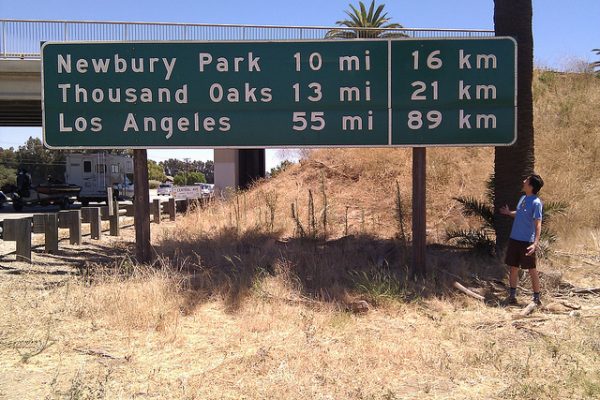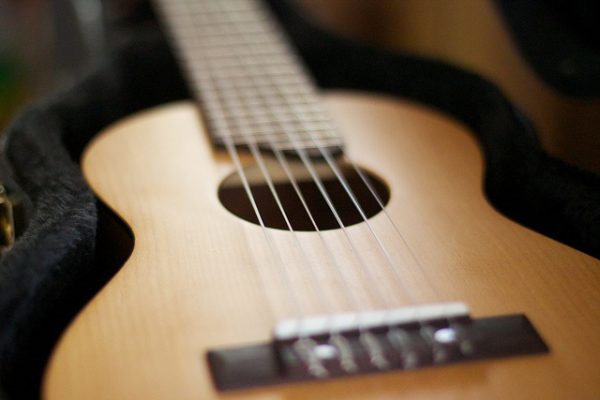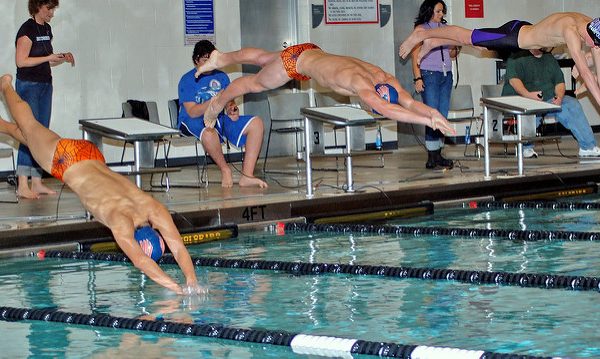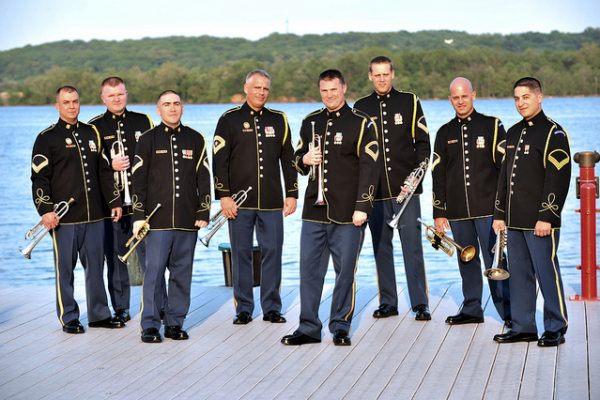Feature Selection For Machine Learning in Python
Last Updated on August 28, 2020 The data features that you use to train your machine learning models have a huge influence on the performance you can achieve. Irrelevant or partially relevant features can negatively impact model performance. In this post you will discover automatic feature selection techniques that you can use to prepare your machine learning data in python with scikit-learn. Kick-start your project with my new book Machine Learning Mastery With Python, including step-by-step tutorials and the Python […]
Read more








